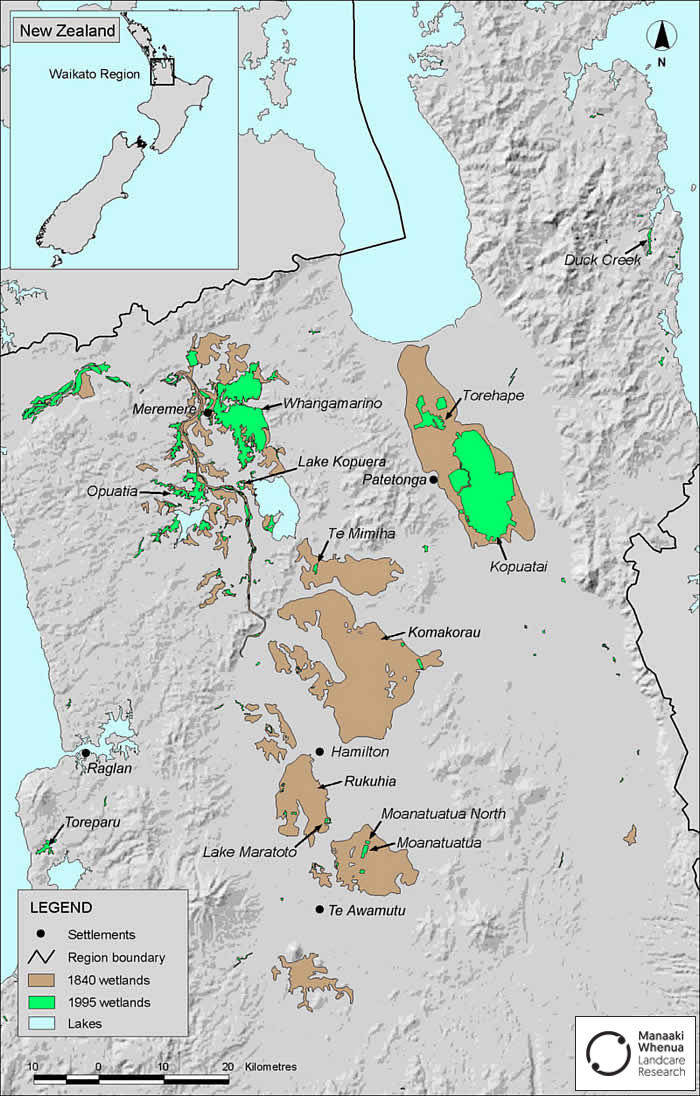Restoring wetland ecosystem functioning
In this section
- Species & ecosystem conservation
What is being investigated?
We are researching the biodiversity and ecosystem consequences of changing water regimes and nutrient fluxes, to model underlying environmental controls. We are quantifying wetland nutrient and carbon budgets in both intact and modified systems to determine impacts and potential ecological tipping points for ecosystem function. Predictions and hypotheses are being tested by field manipulations and restoration case studies in heavily impacted wetlands. Results are informing guidelines and thresholds for effective management and restoration at both small- and large-scales.
Current or recent research:
Our research aims to assist landowners, managers and policy-makers in the protection and restoration of wetlands by providing scientifically based tools and guidelines to identify, manage, and restore wetlands. The research will benefit New Zealand by helping prevent further loss and degradation of wetlands, with a long term outcome of improved wetland ecological condition and resilience by:
- Understanding species:environment patterns in lowland wetlands (vegetation, nutrients, invertebrates) to inform limits for maintaining wetland ecological integrity in intact and modified wetlands throughout New Zealand.
- Field restoration experiments that can be upscaled to large wetland areas, e.g., control of invasive grey willow and re-establishment of native kahikatea forest at Ramsar-listed Whangamarino Wetland with DOC’s Arawai Kākāriki Programme.
- Development of New Zealand wetland delineation tools based on vegetation (completed 2014), soils (completed 2018), and hydrology (yet to do).
- Best practice restoration techniques have been summarised in Wetland Restoration. A handbook for New Zealand freshwater systems, published 2010, and reprinted in 2012
- Te Reo o te Repo (the voice of the wetland) led by Maori researchers focusses on restoration of cultural resources in wetlands, published 2017.
Who is involved?
Since 2016 the project has been supported by the Strategic Science Investment Fund (SSIF) for Manaaki Whenua – Landcare Research (MWLR) from Ministry of Business, Innovation and Employment (MBIE; government funding for Crown Research Institutes). It involves researchers from MWLR, NIWA, The University of Waikato, Department of Conservation (DOC), and Waikato-Tainui. Capacity will be enhanced by direct involvement of leading Northern Hemisphere researchers. Key collaborators are DOC, regional councils, Ministry for the Environment, Waikato-Tainui, National Wetland Trust, and New Zealand Landcare Trust, who provide ongoing guidance and uptake of results.





